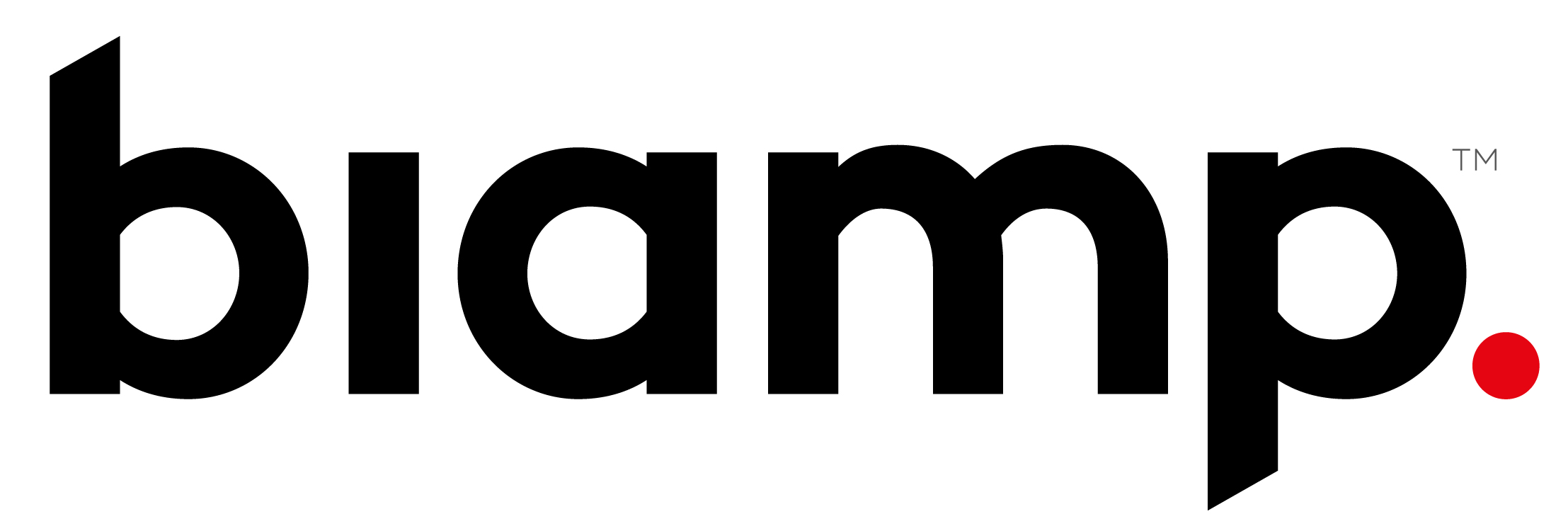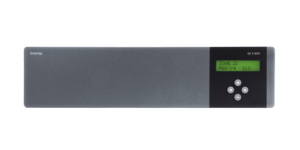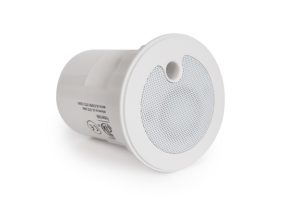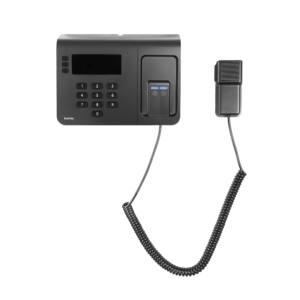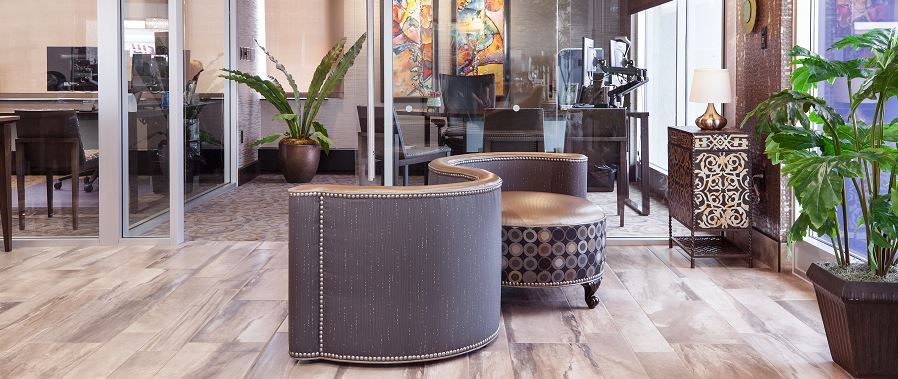Retail
Add Acoustical Comfort and Privacy To Your Customer Experience
Retail establishments feature a variety of different spaces that require their own unique solution to improve worker productivity and enhance speech privacy and comfort for customers. The needs of a car dealership will differ greatly from the needs of a retail store, however, Sound Masking can help drastically improve both of these environments, as well as other retail applications.
Case Study: Gate City Bank
“Sound masking from Cambridge Sound Management has helped us ensure that every customer and employee has a sense of privacy and comfort. We’re very pleased with the results. ”- Jay Krabbenhoft, Senior Vice President and Office Services Manager, Gate City Bank
Sound Masking adds an unobtrusive airflow-like sound to environments that mask distant
conversations, making space feel more private. Conversations over 15 feet away fade into the background ambiance, making customers feel more comfortable discussing
personal, financial, or medical information. Background music and voice-overs can be laid over the masking audio, further enhancing the customer experience. Sound masking has benefits for multiple industries including:
- Retail pharmacies
- Instore walk-in clinics
- Retail banks
- Grocery stores
- Spas and massage therapy outlets
- Auto dealerships
- Brick and mortar retail stores
Industry Challenges
- Modern corporate offices use fewer sound absorbing materials (rugs, material partitions, etc.) in favor of reflective surfaces like metal, aluminum, glass and gypsum, contributing to unwanted noise reflections and buildup.
- Companies increasingly leverage new office and sales floor layouts to encourage information sharing and improve customer experience while neglecting the acoustic environment.
Leading retail brands using Cambridge Sound Management:
- Amica Mutual Insurance
- Bank of America
- Citizens Bank
- GAP
- Hannaford
- Macy’s
- Mercedes Benz
- Sprint
- TD Bank
- Verizon
Applications
Challenges
- High risk of private conversations being overheard, exposing customers’ personal financial information to theft.
- A high concentration of people leads to a sales floor with numerous distractions.
Cambridge Sound Management sound masking systems
- Reduce speech intelligibility, helping customers more comfortable sharing personal information.
- Cover unwanted noise from distracting customers, making for a more comfortable and pleasurable experience.
Challenges
- An increase in operating costs have led to businesses needing to maximize existing space, leading to more employees in the same workspace.
- With smaller workstation footprints, noise levels increase significantly and worker speech privacy decreases.
- Cubicle wall heights have dropped significantly to enable better worker collaboration and provide a more open environment.
- Most worker mistakes and lower individual productivity can be attributed to workplace distractions such as overheard conversations.
Cambridge Sound Management sound masking systems
- Improve worker performance nearly 10% by reducing conversational distractions (per scientific research).
- Address the need for acoustic treatment outlined in upcoming LEED Commercial Interiors Certification. Also mitigates the acoustic issues created by windows to meet the LEED requirement for daylighting and views.
Challenges
- To minimize construction costs, demountable walls are being installed which only extend up to the ceiling, not to the deck, allowing spillover of sound through the plenum into adjacent work areas.
- Workers expect a level of speech privacy in collaborative spaces, such as conference rooms, that is rarely accomplished with the construction techniques being used.
Cambridge Sound Management sound masking systems
- Cover sound that “spills” between adjacent work environments.
- Mask conversations in adjoining hallways from being distracting to conference room meeting participants.
- Mask conversations in conference rooms from being overheard in adjoining offices or hallways.
Challenges
- To reduce operating costs, many call center designs have their operators work in very close quarters, often 2 ft x 4 ft or 4 ft x 4 ft (61 cm x 61 cm or 122 cm x 122 cm) workstations, with low panels for easy visibility.
- Some call centers are designed without partitions to encourage consultation between operators to solve customer problems.
- Call centers are often impacted by every kind of noise distraction – from co-workers on the phone or having quick discussions to everyday office equipment or people movement.
Cambridge Sound Management sound masking systems
- Cover conversations to help mitigate distractions.
- Improve acoustical environment, which has been shown to help reduce turnover.
